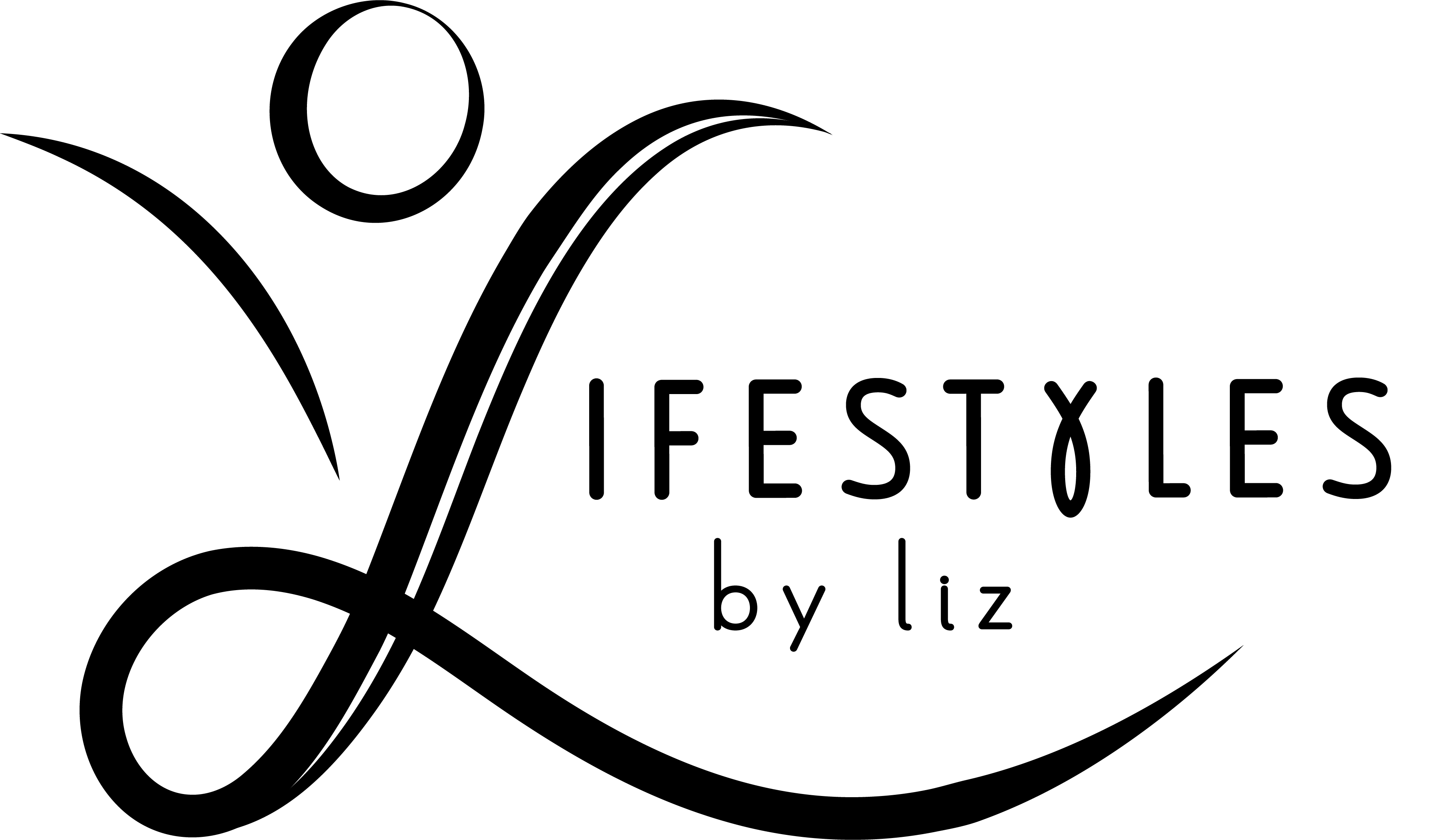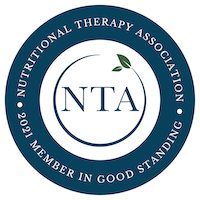It can be hard to create a kitchen that supplies you with essential items when you are on a budget. Lucky for you, I have created a guide to help you improve your college kitchen and not give you a run for your money! The quality of cookware and food storage containers is critical for our health, just as much as nutrition is. Not only will I provide you with affordable appliances, but I will also inform you on how to shop for quality ingredients and how to prepare each item most optimally! Let’s get to it!
Appliances that will Last You Beyond College if Treated Properly:
- 1 Cast Iron Skillet
- Having a cast iron skillet reduces your risk of toxins or chemicals being released onto your food.
- Stainless Steel and Teflon Pans are not as ideal as you may. These cookware appliances can leach chromium and nickel into your food during normal cooking, or aluminum from the core if the pan gets scratched.
- Most Affordable Brand: Lodge
- 1 Good knife
- Find a sharp chef’s knife with a blade that goes through the handle
- An ideal measurement for this knife is usually 8 inches
- Mason Jars or Glass Containers for storage/meal prep
- Storing our food in mason jars or glass containers will eliminate the risk of using containers that can have dangerous plastic such as BPA/BPS
- 1 Cast Iron Skillet
And for good measure & a good time, make sure you have a cute wine glass. You are in college after all 🙂
How to Make Non-Toxic Nutrition Choices:
The way our food is sourced, is exactly how it will affect us. If we are choosing to purchase food that is more palatable (filled with salt, sugar, and fat for preservation if flavor), it can have detrimental effects on our health throughout our lives. When shopping, if possible, choose food that does not have a long ingredient list, ingredients are made from whole foods, and are nourishing for our bodies, along with the environment it is grown in. Food Featured here: Organic, Locally Found ingredients to make a Mediterranean Farro Buddha Bowl. Includes spring mix, roasted colorful carrots and Brussels sprouts, raw red peppers, chickpeas, pasture raised scrambled eggs, avocado, chia seed, and balsamic.
Think:
Quality : has proper macronutrients (protein, carb, fat)
Local : if you are located near a farmers market, purchasing food from there will benefit the farmer who has produced the food, and it will also provide us with a more powerful connection to our food. Knowing it’s roots and how it was raised could help us better understand what our bodies are absorbing and how it is affecting us. If you do not have access to a farmers market, growing your own garden is also beneficial. It is possible to create a garden inside your home/apartment as long as it is taken care of.
Sustainable : Sustainably produced foods are not only better for the environment, but they are often also more nutrient dense. Sustainable Agriculture promotes soil health, minimizes water use and wastage, and supports the health and well-being of both farm workers and livestock. Sustainable Labels (if applicable): USDA Organic, Non GMO, FairTrade Certified, Free of Growth Hormones
Prepping your Food for Optimal Nutrition:
Being in college, there are at least 4 ways to prepare your food that has flavor and provides you with the proper nutrition. They are:
Baking/Roasting:
If you have a busy schedule where the day doesn’t allow for cooking most meals, baking/roasting vegetables at the beginning of the week for a week of meal prep is great to ensure you are fueling yourself with appropriate nutrients. Setting aside this time to batch cook may take some of your attention, but at least you know you have food ready for the week!
350-450 Degrees is an excellent choice for most vegetables and many meats to be cooked. Root vegetables such as sweet potatoes, carrots, and beets are delicious when cooked this way.
When roasting vegetables, scatter them in a deep baking pan so that none are touching (Vegetables, placed too close together, will steam instead of roast), and dress them with an appropriate fat as well as your desired seasonings.
Steaming:
You may choose steaming for a quick lunch between classes. It is a quick way to prepare, and most likely all veggies will retain all their nutrients. Just be sure to not overcook them! Can result in mushy texture, bland flavor, and lack of nutrition.
Easily digestible and you can enhance the flavor and nutrient density of what you’re cooking easily.
Fish, shellfish and nearly all vegetables are well suited to this method. It is important to serve steamed vegetables with sea salt and quality fats for both flavor and to enhance nutrient absorption. Placing herbs, aromatic vegetables and lemons in the steam water can infuse your foods with subtle and delicate flavor.
Saute’/Stir Fry:
Get that cast iron out! This is another quick way to prepare meals, and probably my favorite. Little clean up, and 1 WHOLE MEAL can be made in 1 PAN! Perfect for a 1 person meal.
Toss in the vegetables OR meat, and cook with aromatics like ginger, garlic, scallions, or onions, cooking them in the hot oil. Broccoli, cabbage, kale, celery, carrots, snow peas, shrimp, chicken breast and thighs, cubed or thinly sliced meats can all be made to stir fry/saute.’
Slow Cooking:
This is a great option for cold, winter nights! Prepare your soups/stews/meat in the beginning of the day, and let it cook until you are ready to eat for dinner. Convenience is golden with this method!
You will need a crock pot in order to use this method.



